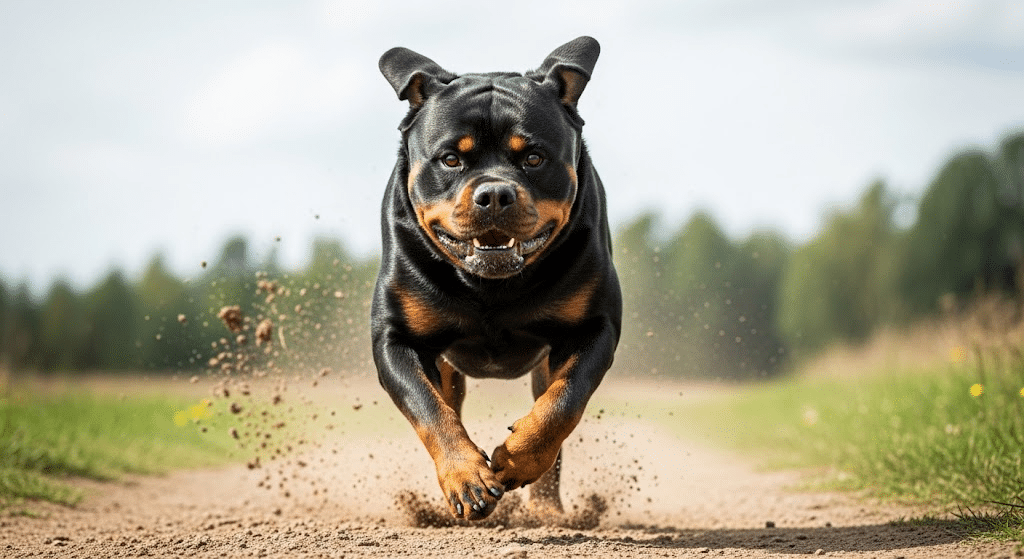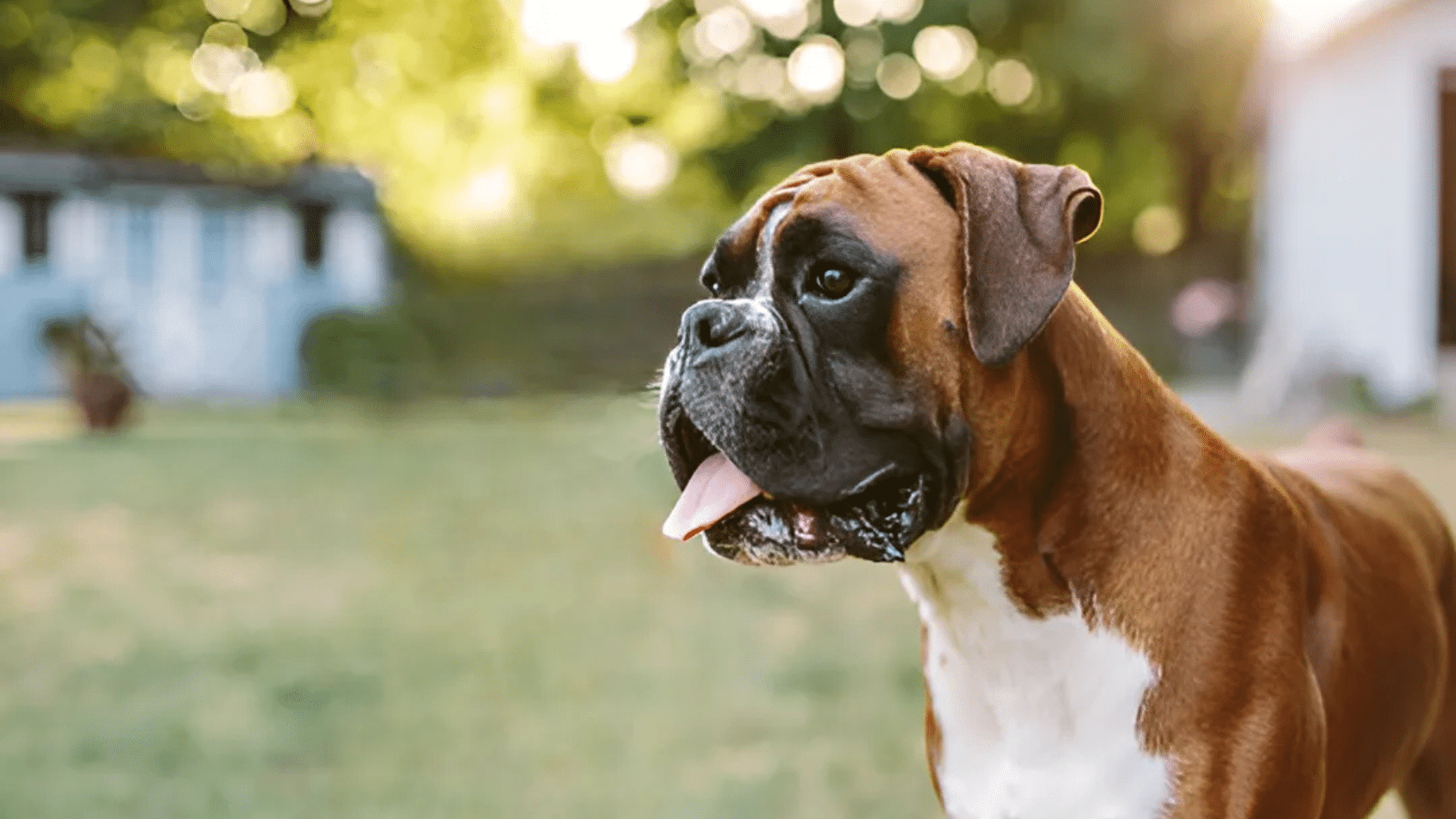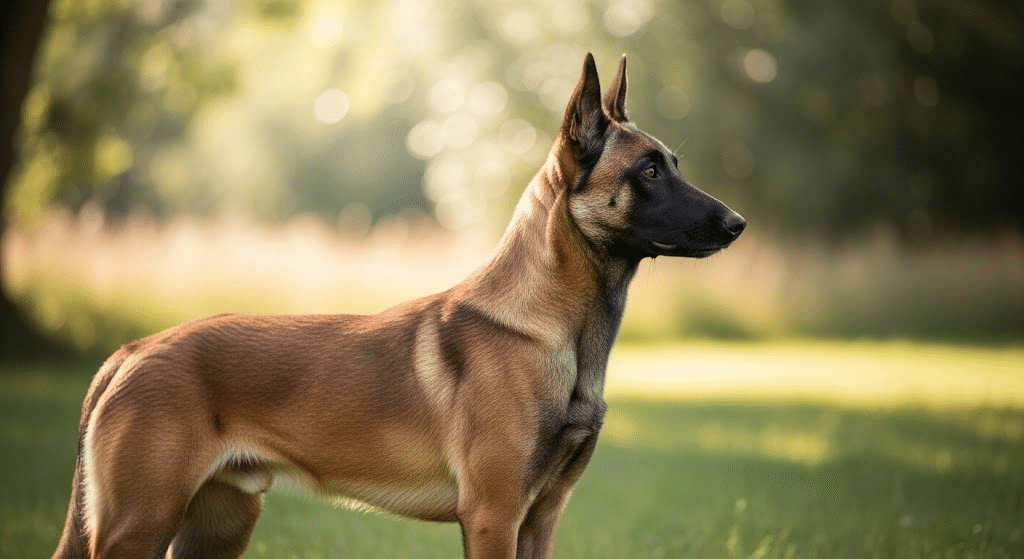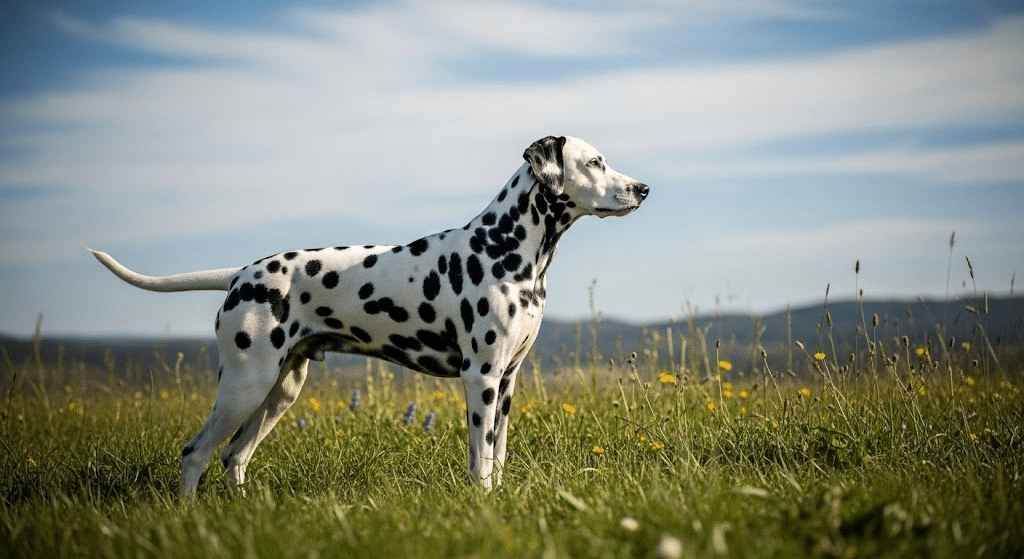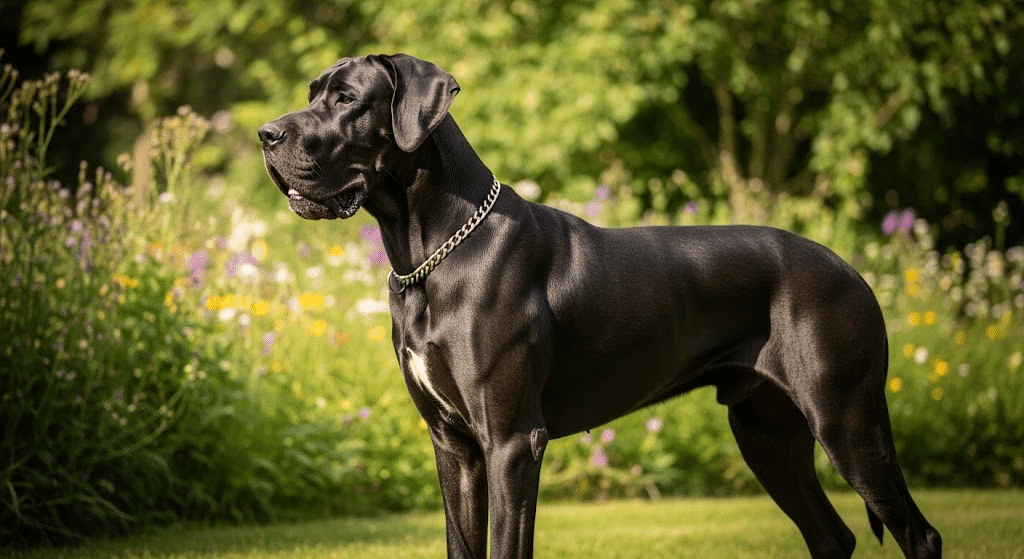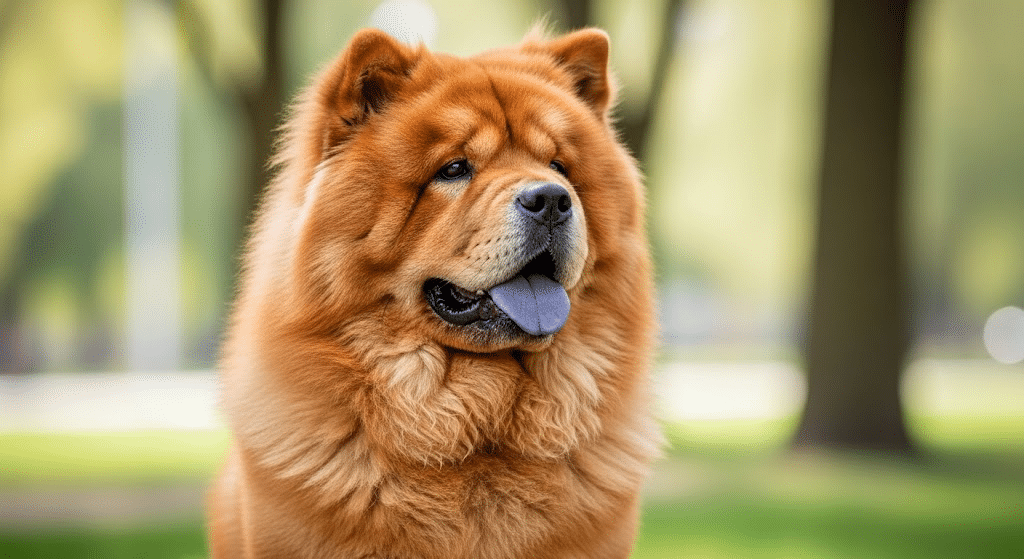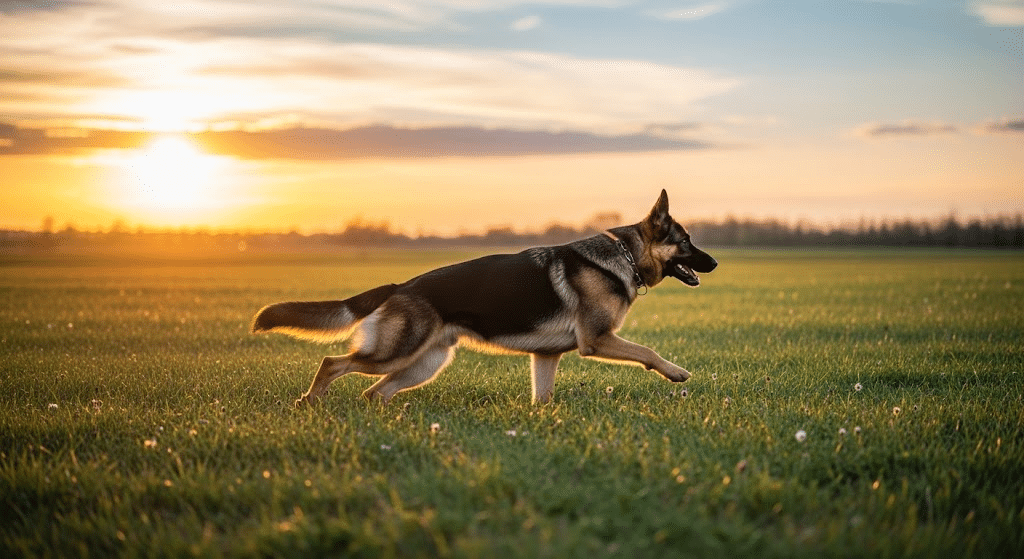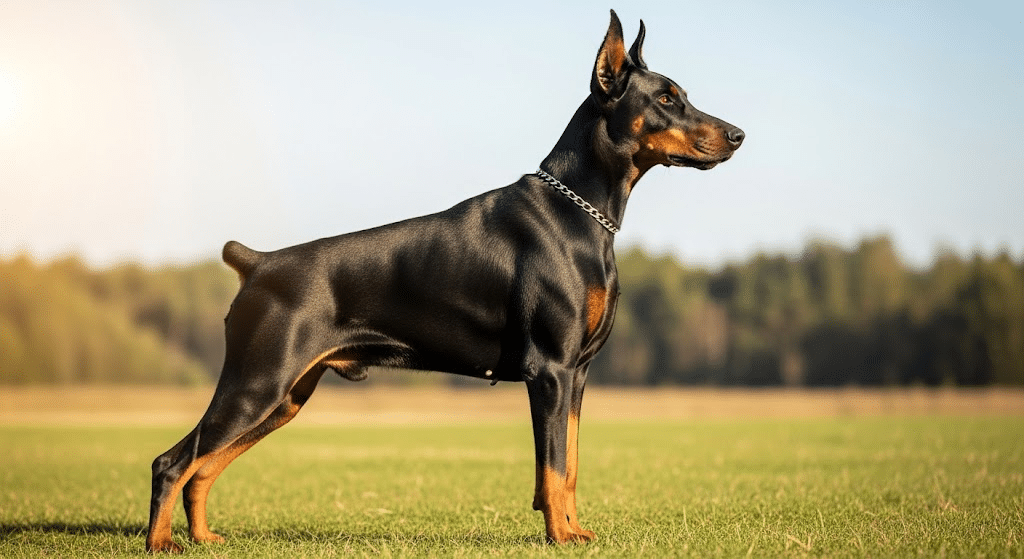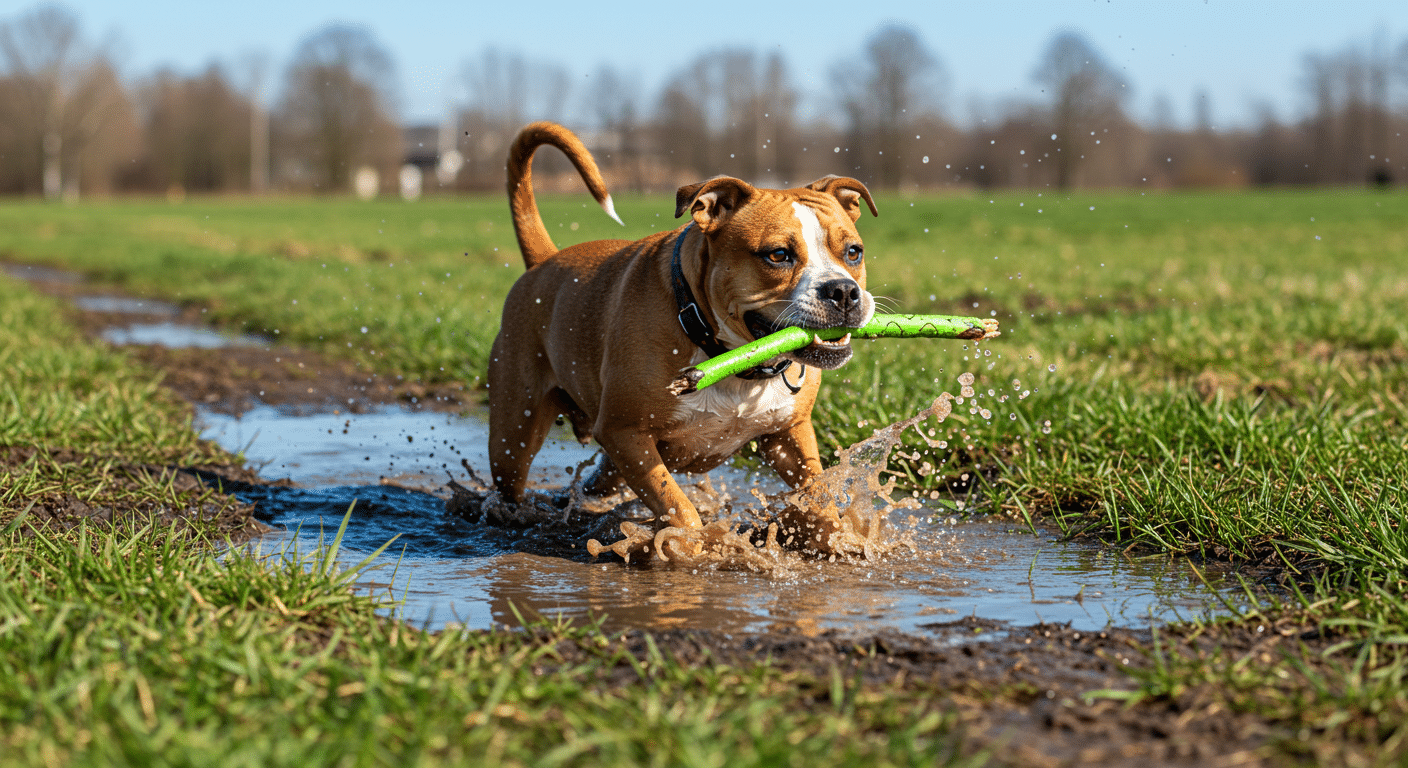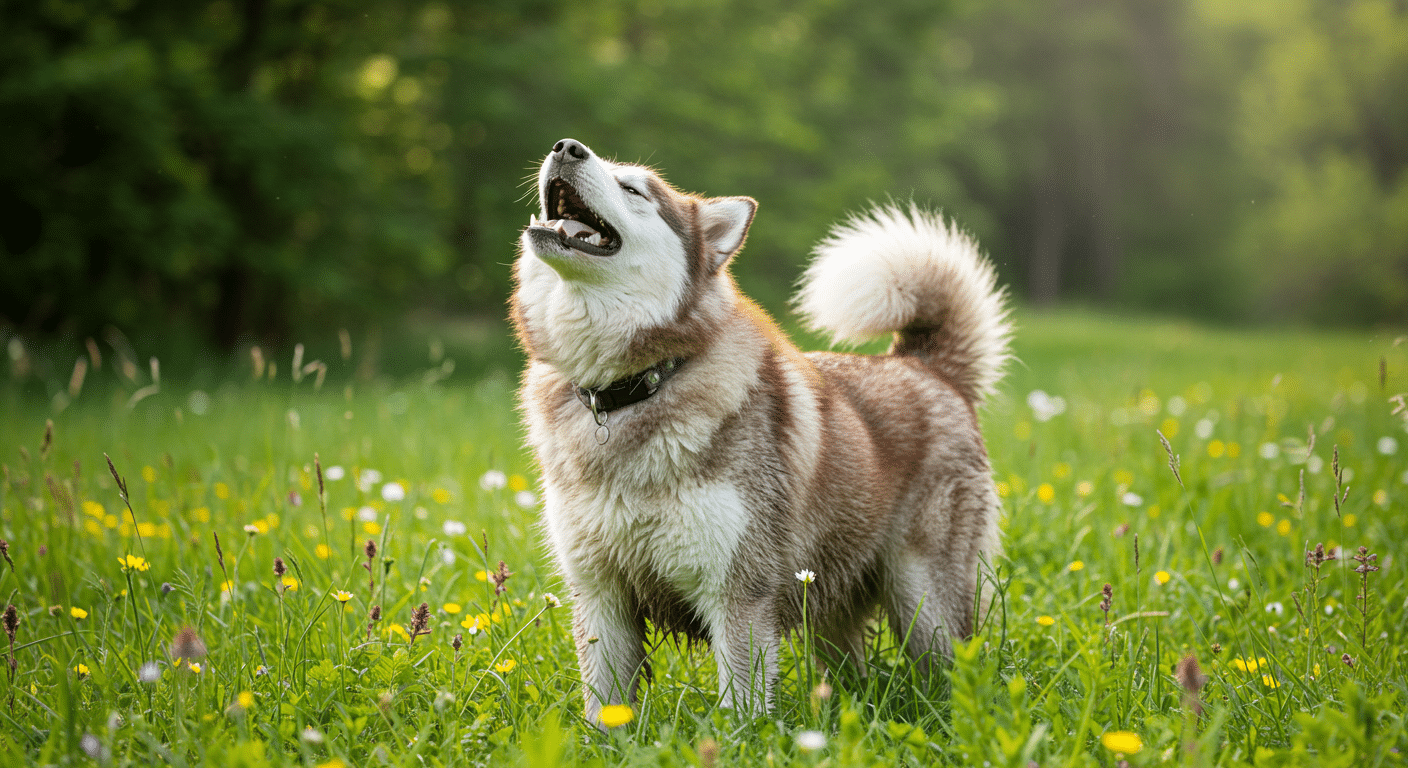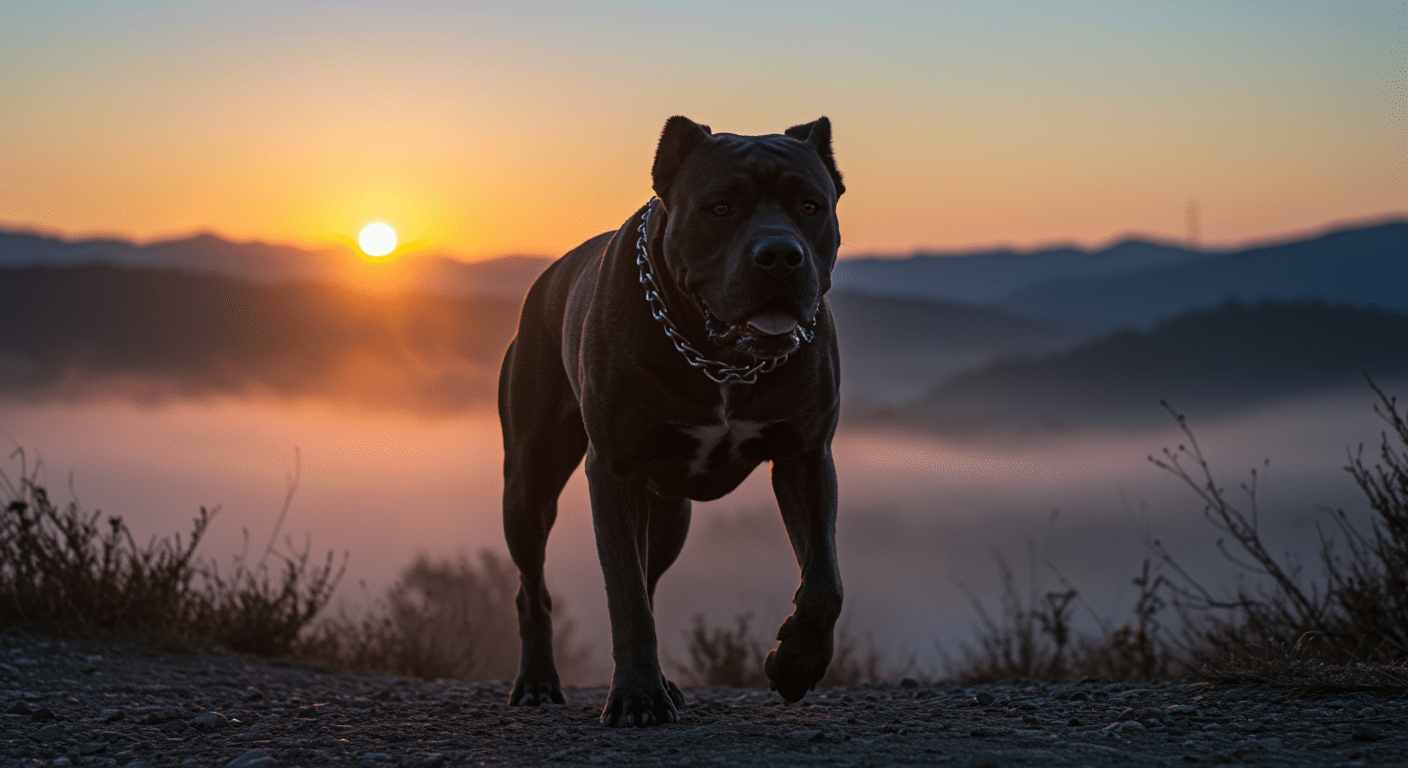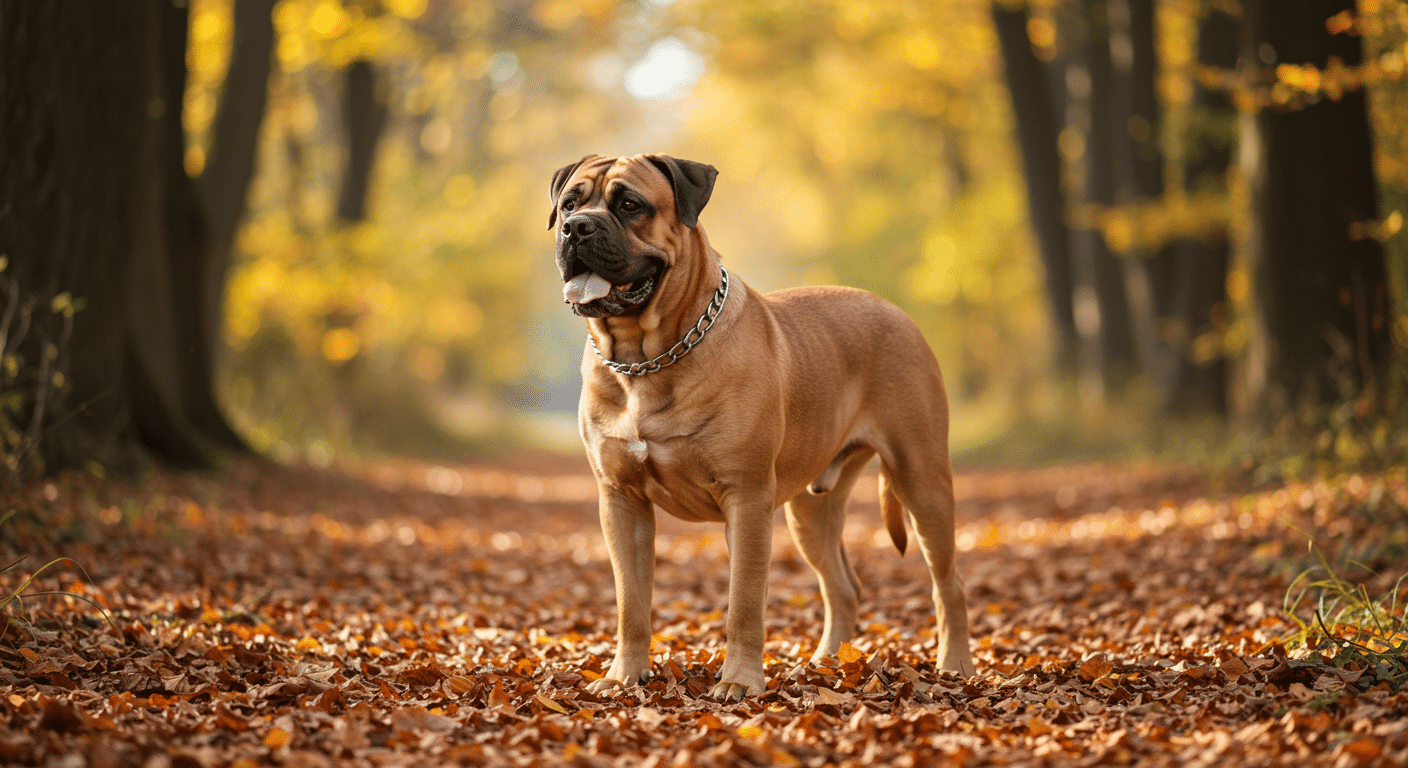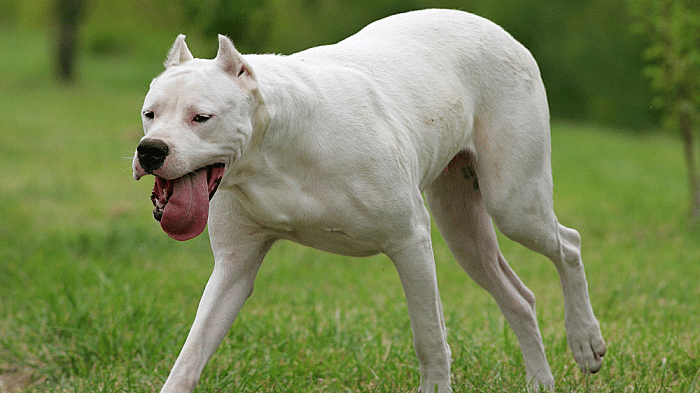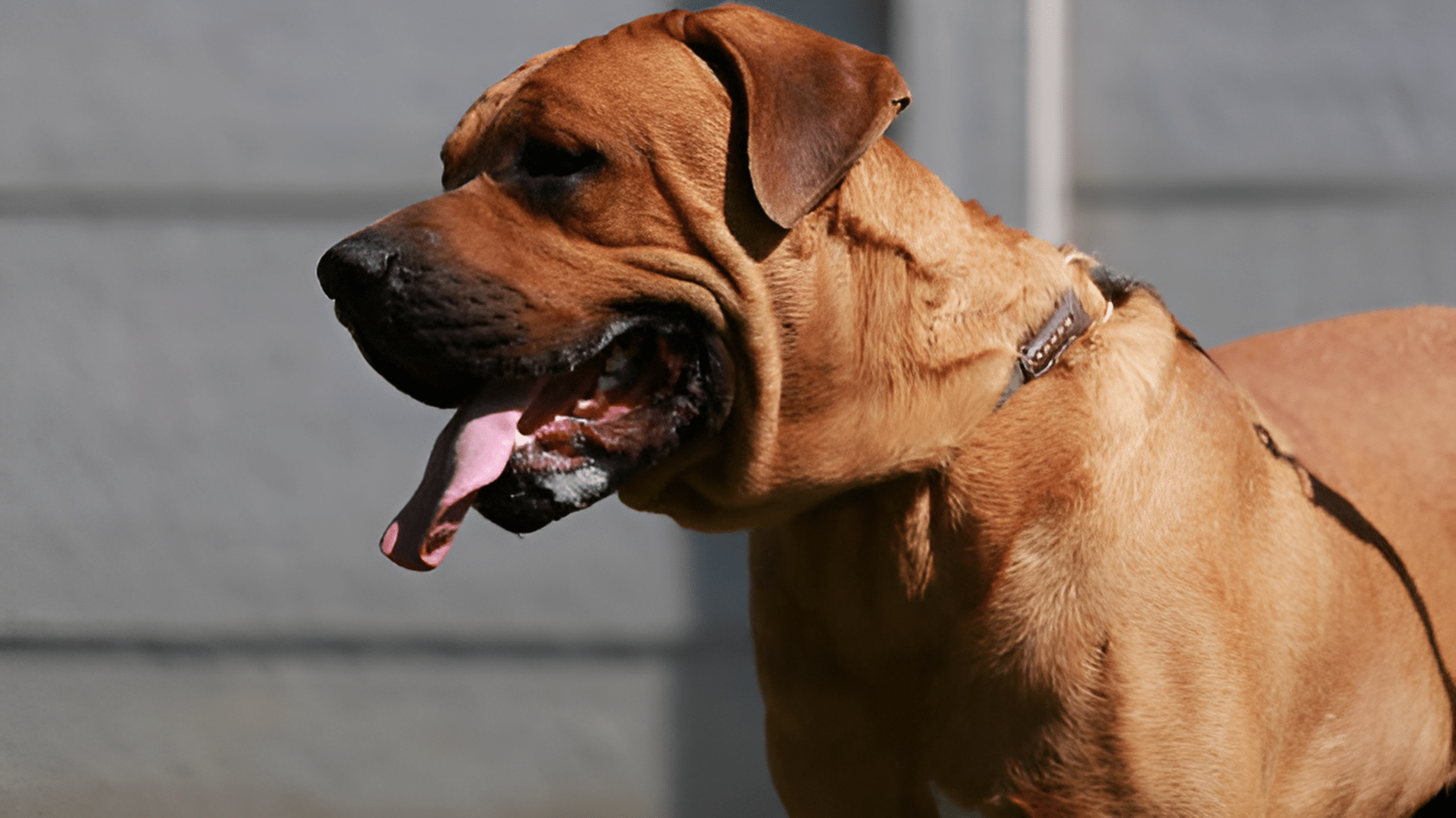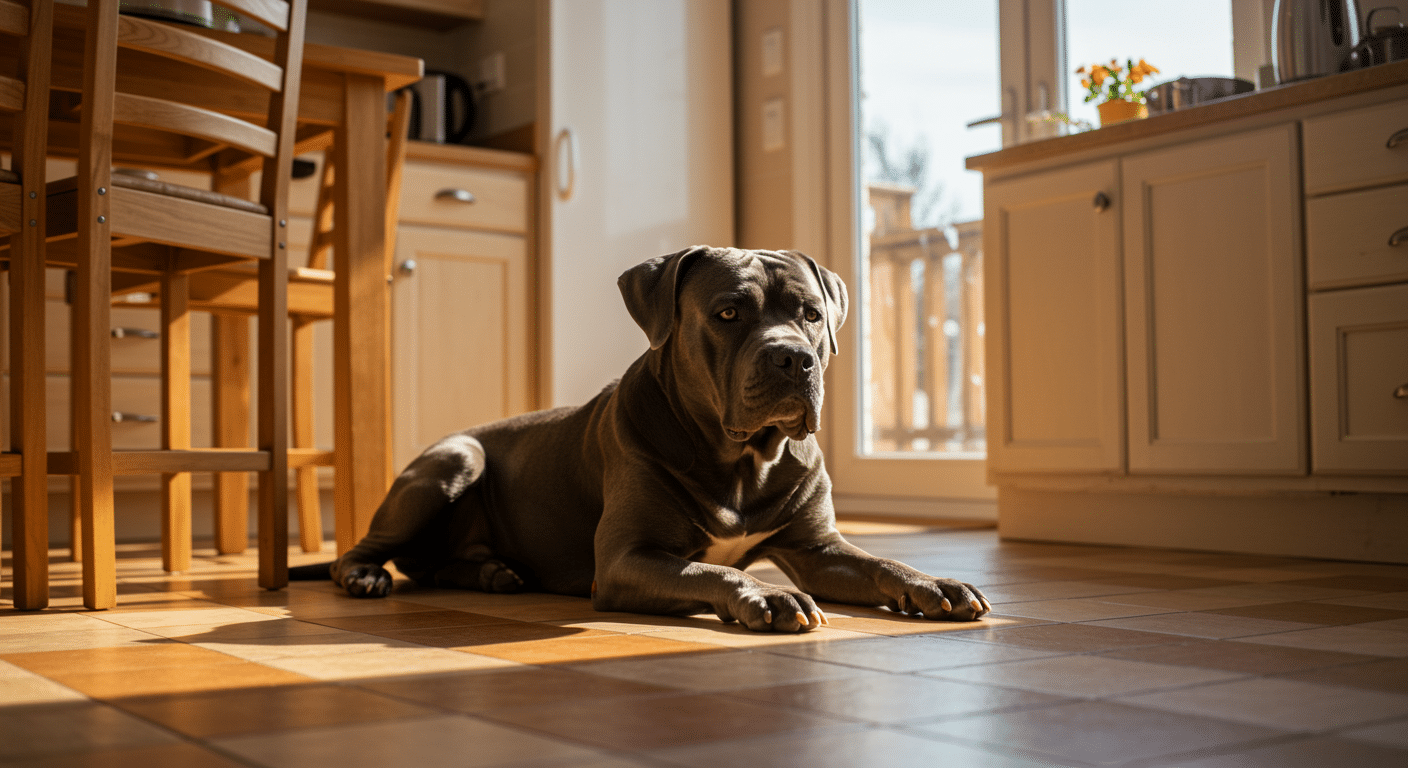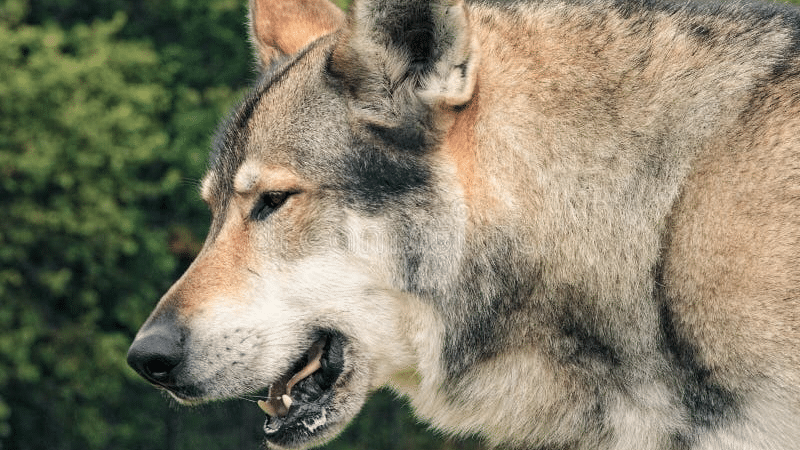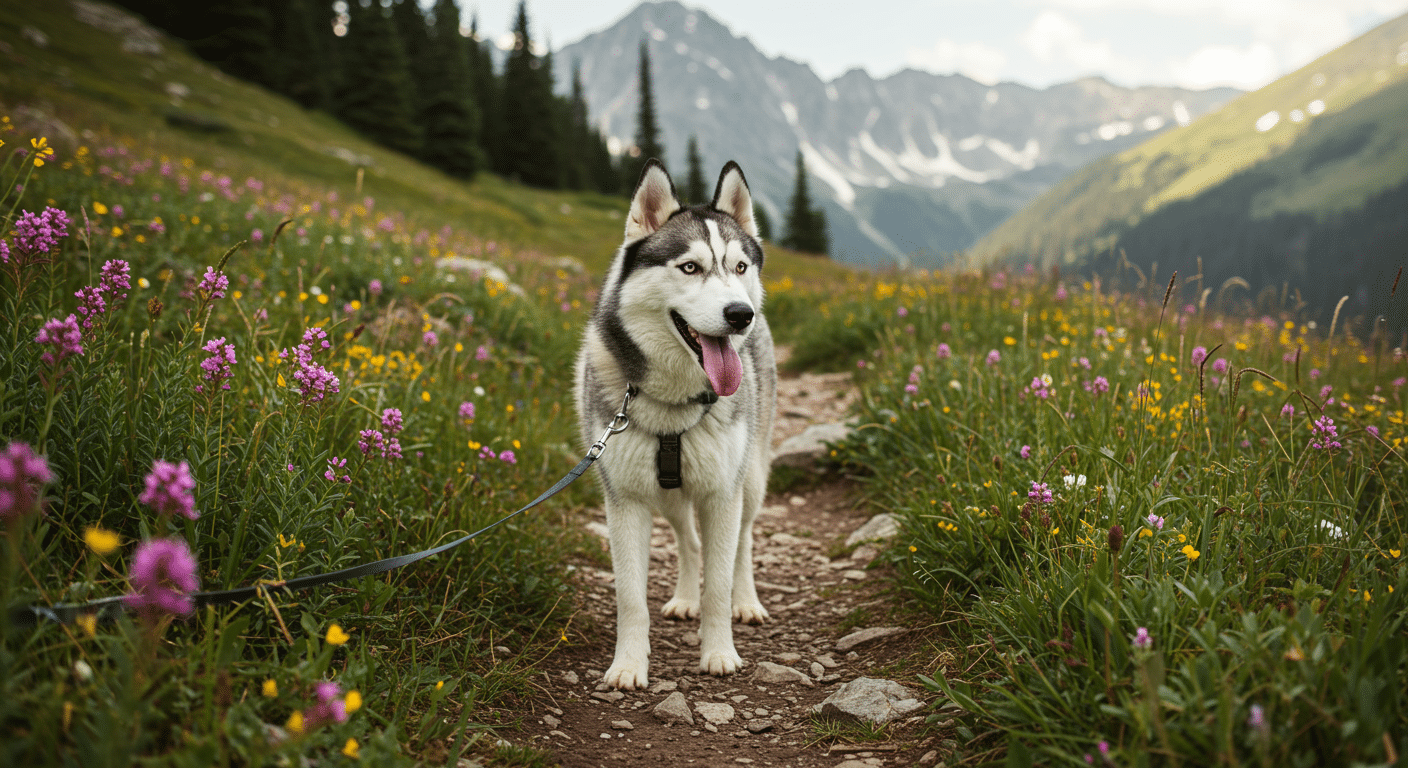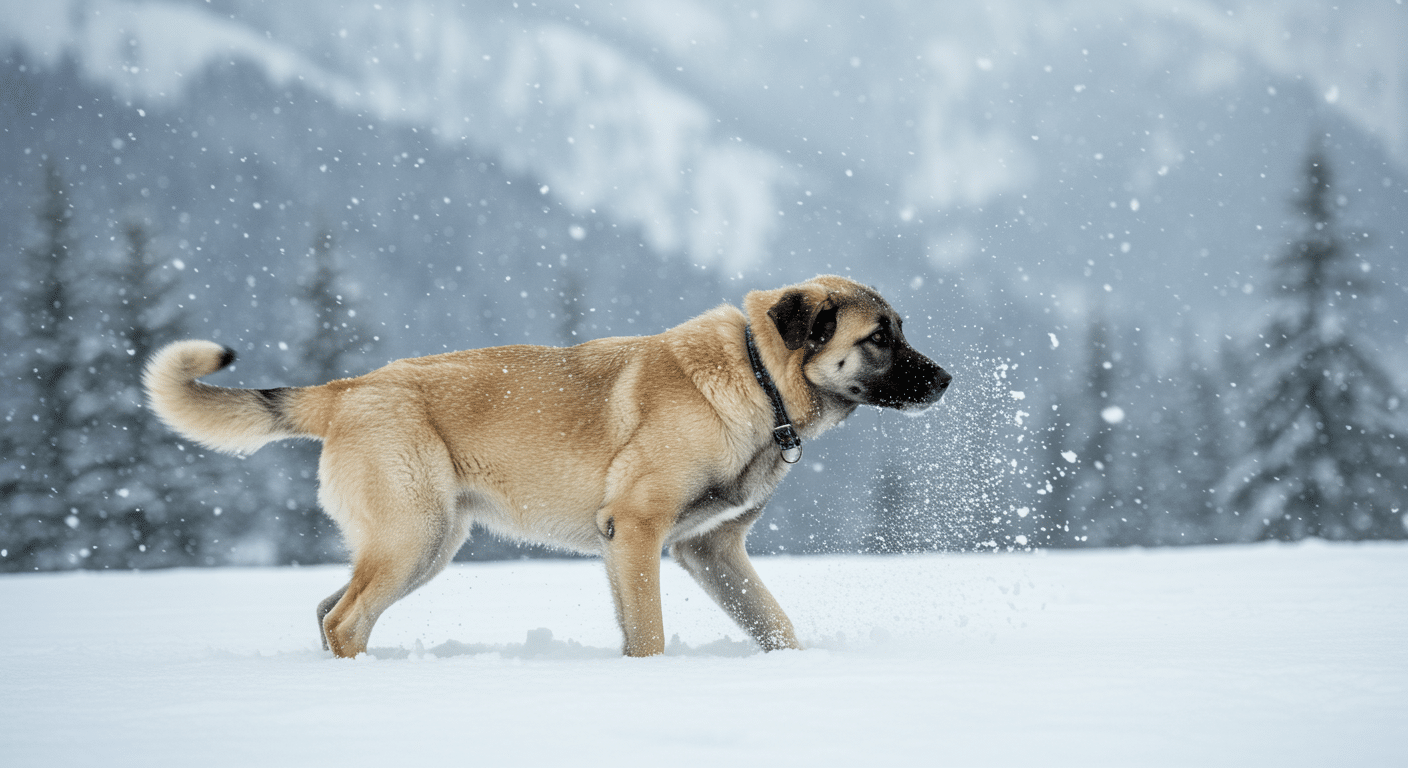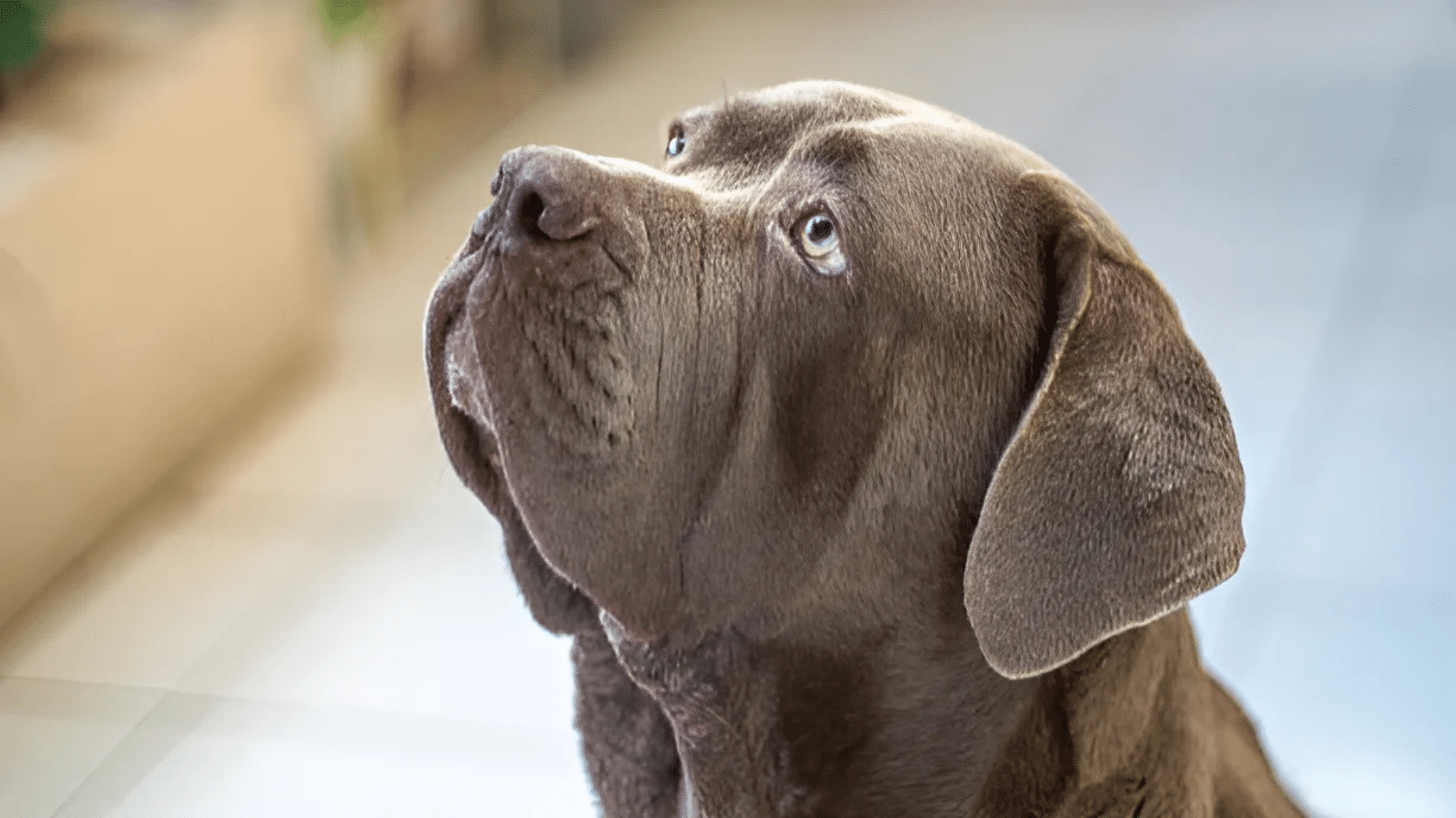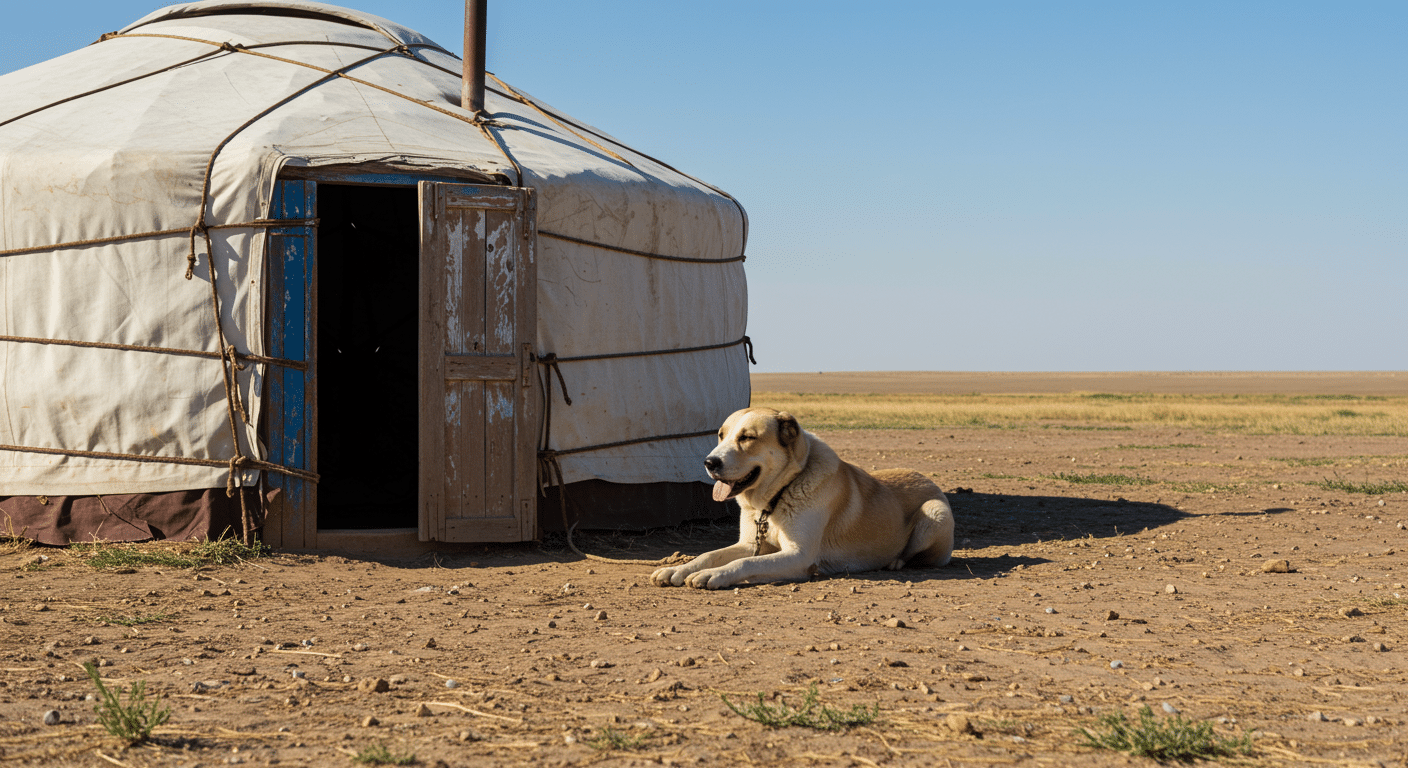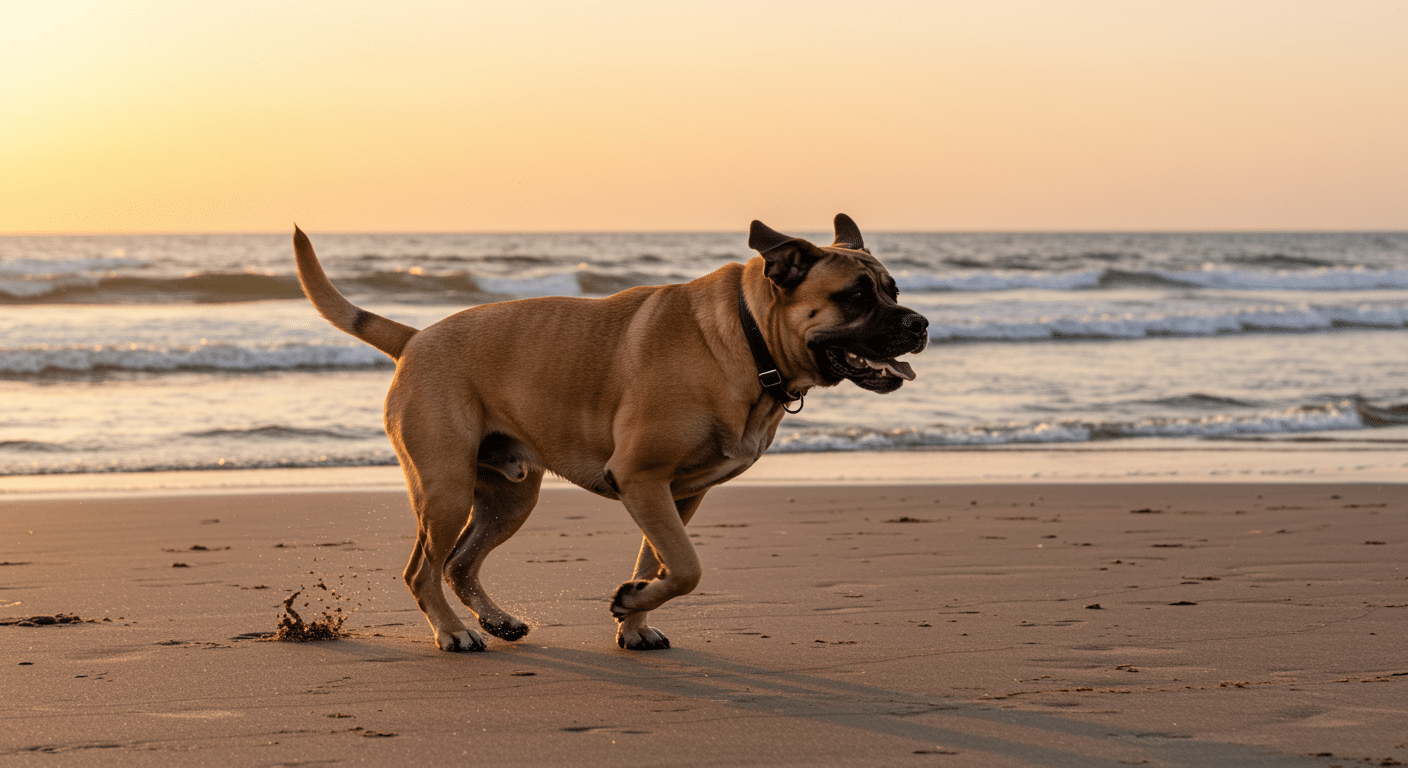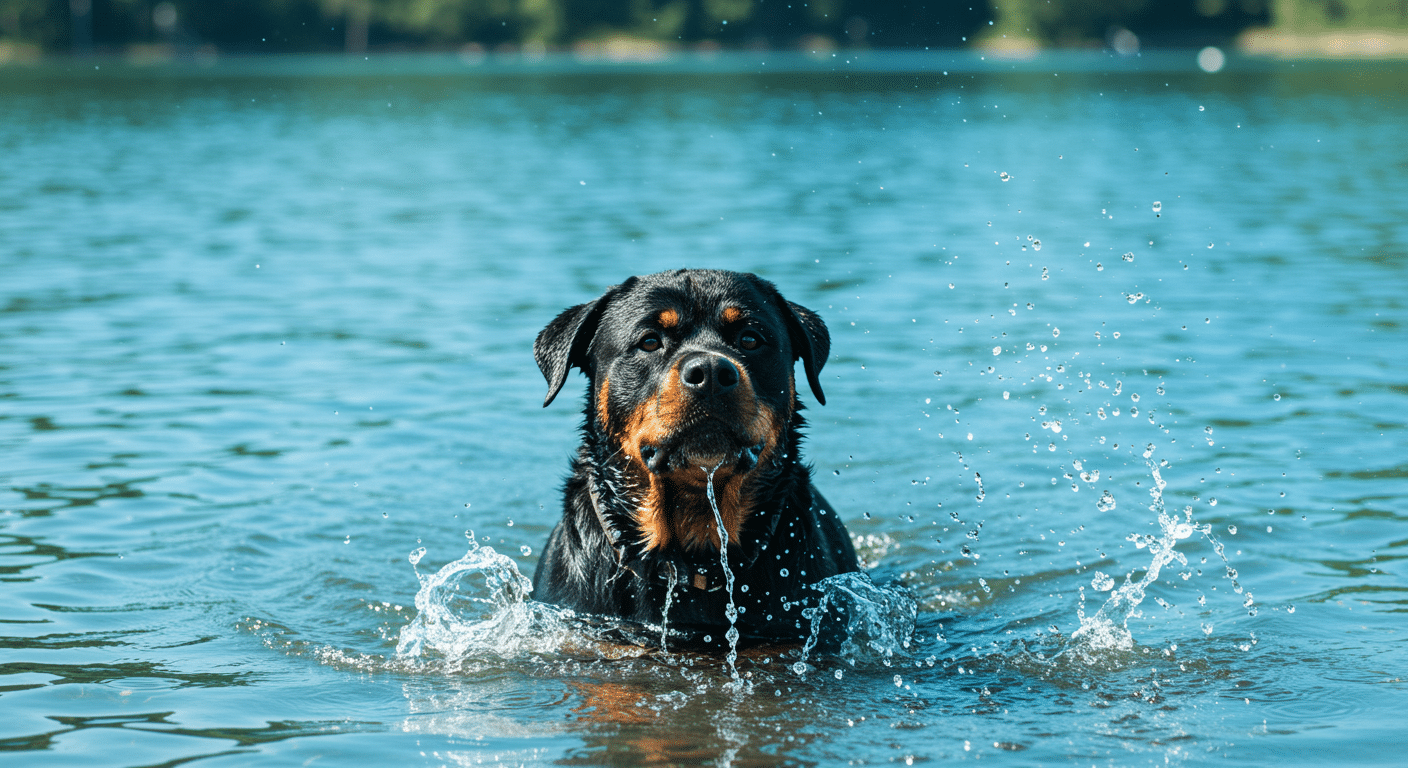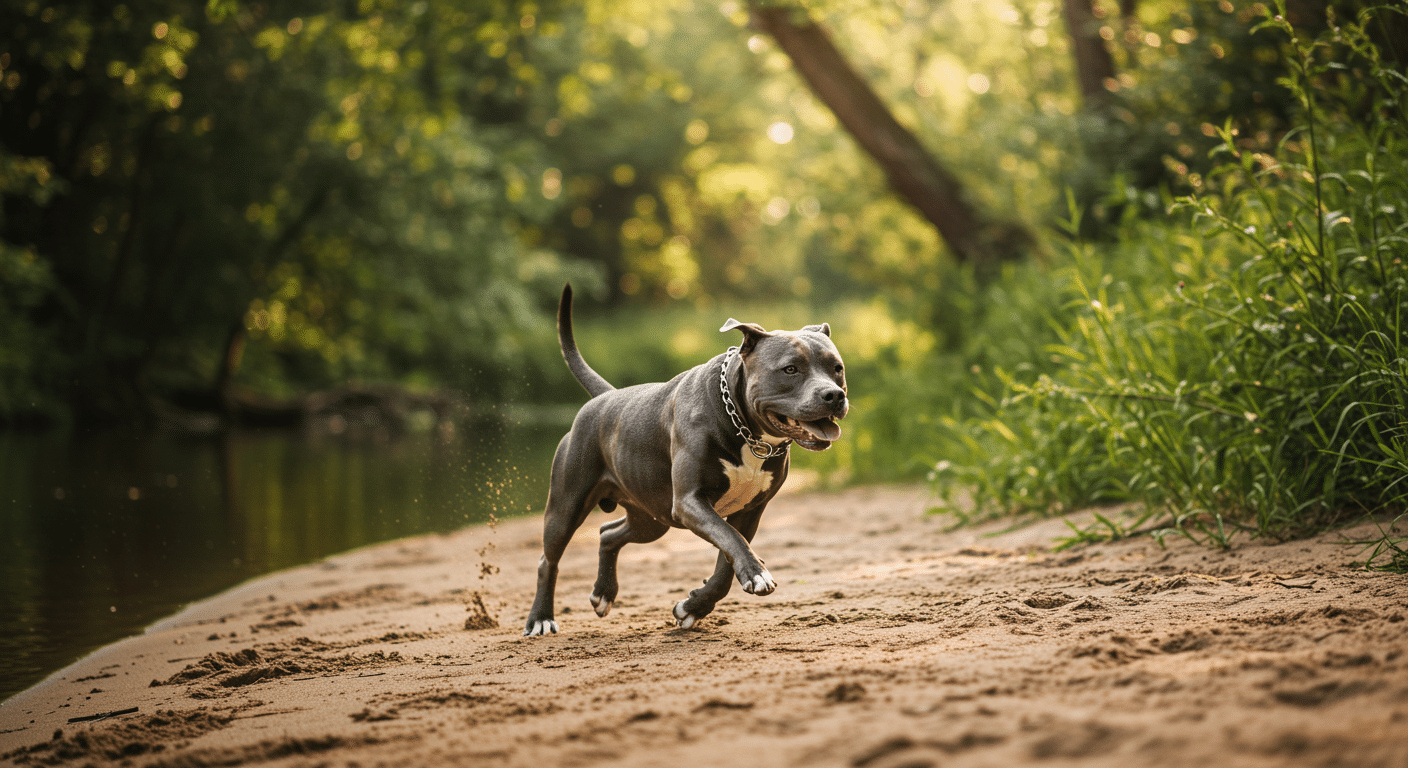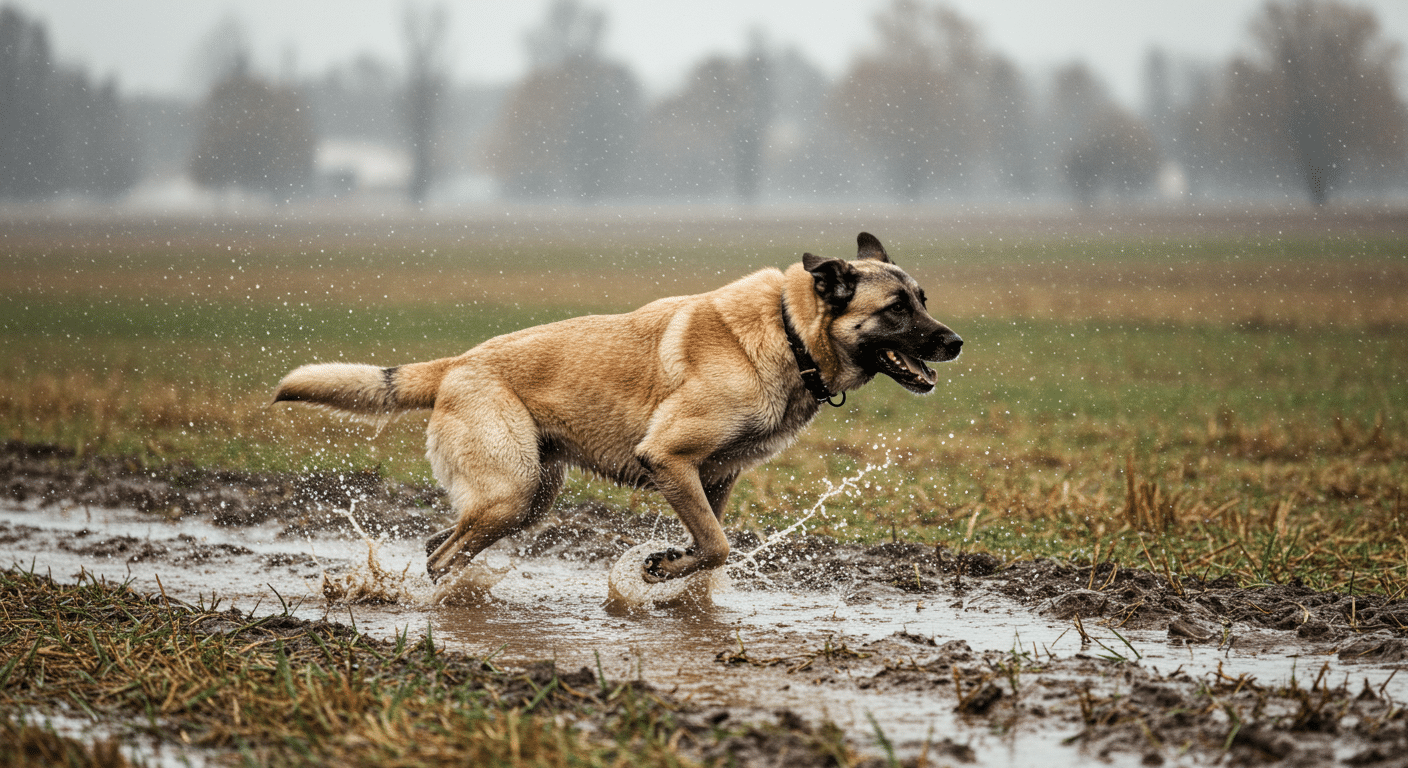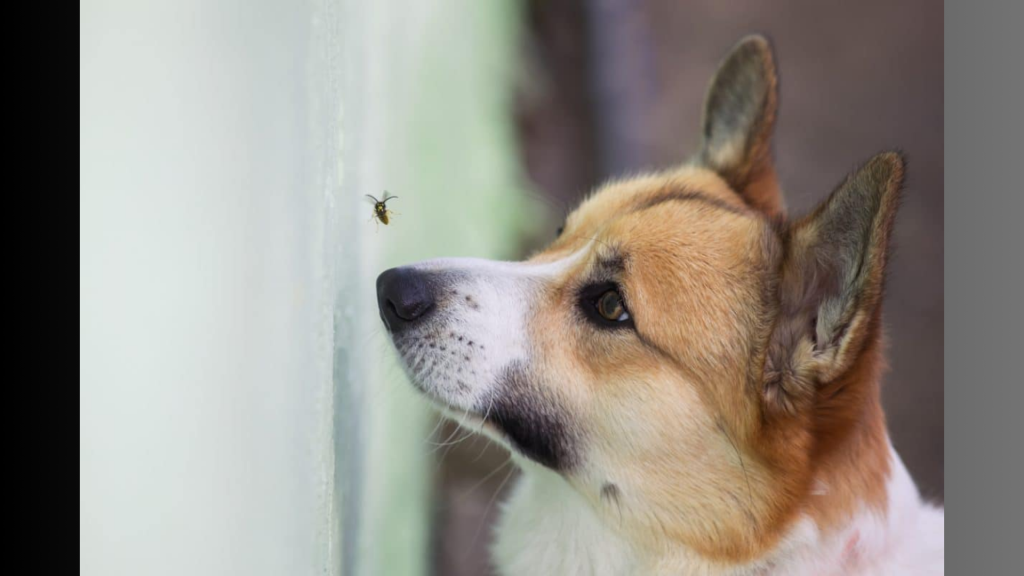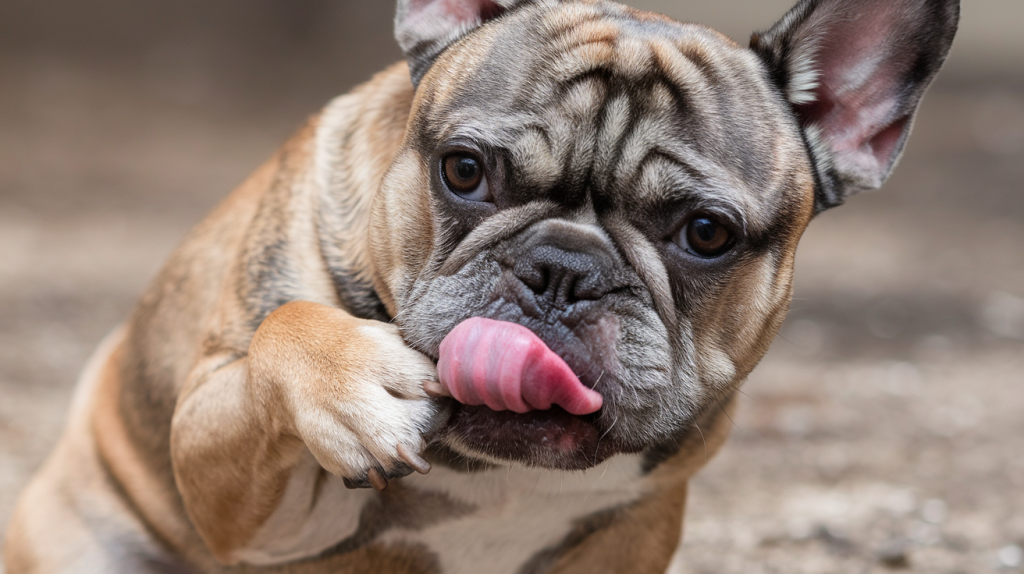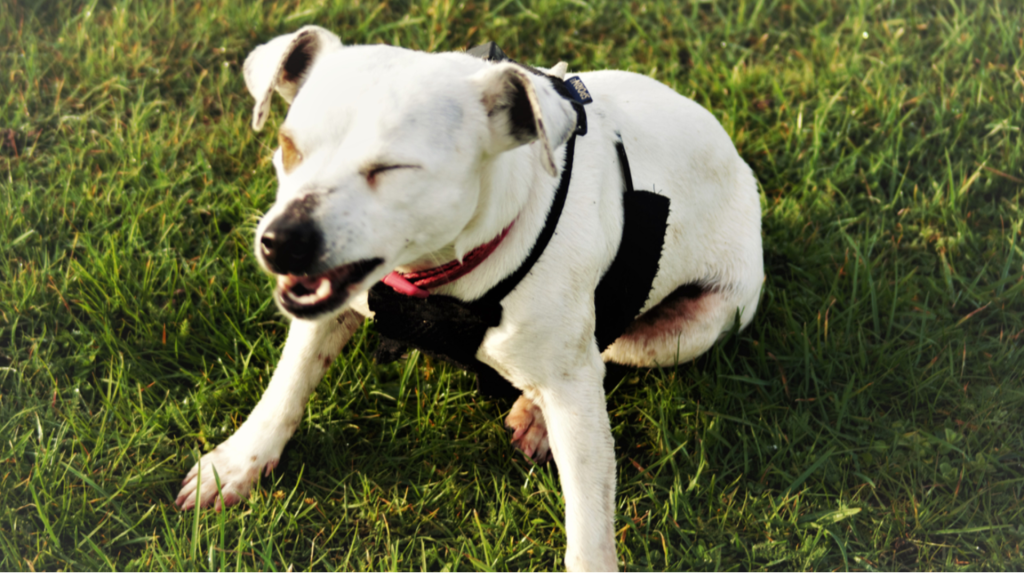Media headlines scream about vicious attacks. News stories paint terrifying images of certain breeds. But what if everything you’ve been told about the deadliest dog breed is wrong?
Most dog bite statistics get twisted by sensational reporting. The real facts about aggressive behavior in dogs might surprise you. It’s not just about the breed – it’s about training, treatment, and circumstances that shape any dog’s personality.
This blog reveals the science behind dog aggression. You’ll learn which factors truly matter when it comes to dangerous behavior.
Ready to separate fact from fiction? Let’s examine what the research actually shows about dog breeds and safety.
But First, Is Pit Bull Really the Deadliest Dog Breed?
Pit bulls top every dangerous dog list. But these statistics tell only half the story.
The American Veterinary Medical Association studied bite incidents for years. They found that breed alone doesn’t predict aggression. Many factors influence dog behavior – owner experience, training methods, and socialization matter more than genetics.
Media reports often misidentify breeds involved in attacks. A 2013 study showed that even veterinarians correctly identify mixed breeds only 25% of the time.
When a bite happens, reporters frequently guess the breed based on appearance.
Pit bulls also face unfair scrutiny. Their strong jaws make injuries more severe when incidents occur. This creates more news coverage.Meanwhile, smaller breeds that bite more often get ignored because their bites cause less damage.
The truth? Any dog can become aggressive under the wrong conditions.
Ranking the Deadliest Dog Breed
When people ask about the deadliest dog breed, the answer isn’t as simple as pointing to one specific type. Different factors like bite force, attack frequency, and fatal incidents all play a role in determining danger levels.
This ranking considers documented attacks, PSI bite force, and fatal bite rates to give you a complete view of which breeds pose the greatest risks
23. Boxer
Energetic and strong, Boxers sometimes nip, but fatalities are rare.
- Legalities: Listed among restricted breeds in some locations. Occasionally restricted in apartments but no state-wide bans.
- PSI bite force: 230 PSI.
- Fatal bite rate: 1/5.
22. Belgian Malinois
Loyal and intelligent working dogs with notable strength, but attacks are less frequent than other breeds.
- Legalities: Listed as restricted breed requiring pre-approval in some jurisdictions. Banned in some Mississippi cities.
- PSI bite force: 200 PSI.
- Fatal bite rate: 1/5.
21. Dalmatian
Known for their friendly nature, aggression is rare, but can happen under provocation.
- Legalities: Included in regulated breeds in some areas. Restricted in some Maine cities and by insurance companies in Massachusetts.
- PSI bite force: 170 PSI.
- Fatal bite rate: 1/5.
20. Great Dane
Large and imposing, Great Danes rarely bite, but when they do, the impact is significant.
- Legalities: Occasionally restricted due to size. Restricted in some Maine cities and by homeowners’ insurance in Massachusetts.
- PSI bite force: 238 PSI.
- Fatal bite rate: 2/5.
19. Chow Chow
Independent and protective, Chow Chows can be aggressive if threatened.
- Legalities: High risk in insurance, sometimes restricted. Banned or restricted in Georgia cities like Blackshear, Clarkston. Restricted in Hawaii residences, Indiana cities like East Chicago, Kentucky counties, Louisiana cities, Mississippi counties, Missouri cities, South Carolina cities, and Tennessee municipalities.
- PSI bite force: 220 PSI.
- Fatal bite rate: 2/5.
18. German Shepherd
Famous for police work, their strength makes bites severe; attacks largely relate to training lapses.
- Legalities: Rarely banned, but sometimes restricted for insurance. Banned in some Georgia cities, Illinois cities like Markham, Ohio cities, and Tennessee municipalities like Adamsville. Restricted by insurance companies in Massachusetts and Maine cities.
- PSI bite force: 238 PSI.
- Fatal bite rate: 2/5.
17. Doberman Pinscher
Athletic guard dogs, such as Dobermans, can be territorial due to their strong jaws.
- Legalities: Occasionally banned by apartment complexes. Banned in New York City Housing Authority properties. Restricted in Georgia cities, Iowa cities, Kansas cities, Kentucky counties, Missouri cities, North Dakota cities, Ohio cities requiring muzzles, South Carolina cities, Tennessee municipalities, and Washington cities.
- PSI bite force: 245 PSI.
- Fatal bite rate: 2/5.
16. American Bulldog
Muscular and protective, fatal attacks are uncommon but possible.
- Legalities: May be restricted in some areas. Banned in the Bahamas. Restricted in Colorado municipalities like Aurora, Washington cities like Auburn, West Virginia cities like Barboursville, and Nebraska cities.
- PSI bite force: 305 PSI.
- Fatal bite rate: 2/5.
15. Alaskan Malamute
Powerful sled dogs, Malamutes, have attacked when provoked or not properly exercised.
- Legalities: Not banned but considered high-energy. Restricted in Louisiana cities, Maine cities, Massachusetts, by insurance, Minnesota (wolf-dog hybrids only), and Missouri cities.
- PSI bite force: 400 PSI.
- Fatal bite rate: 3/5.
14. Presa Canario
Intimidating presence and bred for protection, powerful bite, but not common family pets.
- Legalities: Banned in several countries, including the Bahamas. Restricted in Indiana cities like East Chicago, Kansas cities, Maine cities, Massachusetts by insurance, Wisconsin cities, and New York City Housing Authority properties.
- PSI bite force: 540 PSI.
- Fatal bite rate: 3/5.
13. Bullmastiff
Fearless and protective, Bullmastiffs can cause severe damage if aggressive.
- Legalities: Sometimes restricted, especially in rentals. Restricted in Kentucky cities like Auburn, and Maine cities.
- PSI bite force: 552 PSI.
- Fatal bite rate: 3/5.
12. Dogo Argentino
Bred for big game hunting, rarely attacks humans but is powerful when provoked.
- Legalities: Banned in some countries and Australia. Restricted in Colorado municipalities like Aurora, Kansas cities, Nebraska cities, Oregon counties, Washington cities, Wisconsin cities, and Turkey since 2004.
- PSI bite force: 500 PSI.
- Fatal bite rate: 3/5.
11. Japanese Tosa
Fighting breed with a strong bite, not suitable for novice owners.
- Legalities: Banned in many countries, including the United Kingdom and Australia. Banned in Turkey since 2004. Restricted in Colorado municipalities and Washington cities.
- PSI bite force: 556 PSI.
- Fatal bite rate: 3/5.
10. Cane Corso
Aggressive guard dogs with a high bite force require strong leadership.
- Legalities: Restricted or banned in several locations. Banned in Arkansas cities. Restricted in Colorado municipalities, Nebraska cities, and Washington cities.
- PSI bite force: 700 PSI.
- Fatal bite rate: 4/5.
9. Wolf Hybrid
Mix of wild and domestic traits; unpredictable behavior and very strong bite.
- Legalities: Highly restricted or banned in many areas including US military housing. Banned in Montana cities Baker and Billings, Kentucky counties, Louisiana cities, Mississippi cities, New York City Housing Authority properties, and West Virginia cities.
- PSI bite force: 406 PSI.
- Fatal bite rate: 4/5.
8. Siberian Husky
Strong survival instincts can lead to attacks, especially with children.
- Legalities: Not banned at the state level but restricted locally. Banned in some Ohio cities. Restricted in Louisiana cities, Massachusetts by insurance, and Missouri cities.
- PSI bite force: 320 PSI.
- Fatal bite rate: 3/5.
7. Anatolian Shepherd
Livestock guardians with massive jaws, mainly aggressive to threats.
- Legalities: Rarely banned at the state level but may face local restrictions due to size and guarding nature.
- PSI bite force: 743 PSI.
- Fatal bite rate: 2/5.
6. Neapolitan Mastiff
Enormous size and force make fatalities possible, though rare.
- Legalities: Sometimes restricted due to size. May be prohibited from certain housing due to size restrictions.
- PSI bite force: 550 PSI.
- Fatal bite rate: 2/5.
5. Central Asian Shepherd
Protective working dogs with powerful bite.
- Legalities: Not commonly banned but insurance companies may be wary due to size and protective nature.
- PSI bite force: 500 PSI.
- Fatal bite rate: 2/5.
4. English Mastiff
Large, gentle giants when trained properly but dangerously strong if provoked.
- Legalities: Restrictions may apply in some housing due to size. Some insurance restrictions.
- PSI bite force: 556 PSI.
- Fatal bite rate: 3/5.
3. Rottweiler
Intelligent protectors with powerful jaws, second only to pit bulls in documented fatalities.
- Legalities: Often restricted by insurance or local ordinance. Banned in New York City Housing Authority properties. Restricted in Alabama, Georgia cities, Illinois cities, Indiana cities, Iowa cities, Kansas cities, Kentucky counties, Louisiana cities, Michigan cities, Mississippi cities, Missouri cities, Nebraska cities, Ohio cities, South Carolina cities, Tennessee municipalities, and required insurance in Montana.
- PSI bite force: 328 PSI.
- Fatal bite rate: 4/5.
2. American Pit Bull Terrier
Muscular, determined breed most associated with fatal attacks.
- Legalities: Many bans and restrictions worldwide. Banned in Miami-Dade County, Florida, some cities in Alabama, restricted in Connecticut (limit of 2 per residence), San Francisco (must be spayed/neutered), and North Chicago (requires $500 license). Restricted in most states at the local level, with over 700 US cities having restrictions.
- PSI bite force: 241 PSI.
- Fatal bite rate: 5/5.
1. Kangal
Livestock guardian bred for strength, world’s highest recorded bite force, but low fatality with proper care.
- Legalities: Sometimes restricted in non-native regions due to size and guarding nature. Generally not banned but may face import restrictions.
- PSI bite force: 743 PSI.
- Fatal bite rate: 2/5.
Real-Life Experiences with Dangerous Breeds
Many deadliest dog breed owners report that training and socialization play bigger roles than breed in determining aggression levels.
One German Shepherd owner shared how their dog attacked a smaller pet, highlighting the importance of proper management.
Another forum user described a rottweiler incident where a 100-pound dog attacked their golden retriever during a walk. However, several pit bull owners counter negative stories by sharing positive experiences with their well-trained dogs.
Key insights from owners show that:
- Training matters most: Users consistently report that well-trained dogs of any breed show fewer aggressive behaviors than poorly socialized ones
- Size impacts severity: Forum members note that larger breeds cause more severe injuries when incidents occur, regardless of frequency
- Mixed experiences: For every negative story about breeds like pit bulls or rottweilers, owners share positive experiences with the same breeds
- Context is key: Many attacks happen during specific situations like territory protection, fear responses, or when dogs feel threatened
Finishing It Up
The search for the deadliest dog breed isn’t as straightforward as many believe.
While statistics show certain breeds like pit bulls and rottweilers in more incidents, factors like training, socialization, and owner responsibility play crucial roles.
Size and bite force matter, but they don’t tell the complete story. Rather than focusing solely on breed labels, we should emphasize proper training, responsible ownership, and understanding individual dog behavior.
Every dog deserves a chance with the right owner who can provide proper care and training.
What’s your experience with different dog breeds? Have you noticed training making a bigger difference than breed type?

